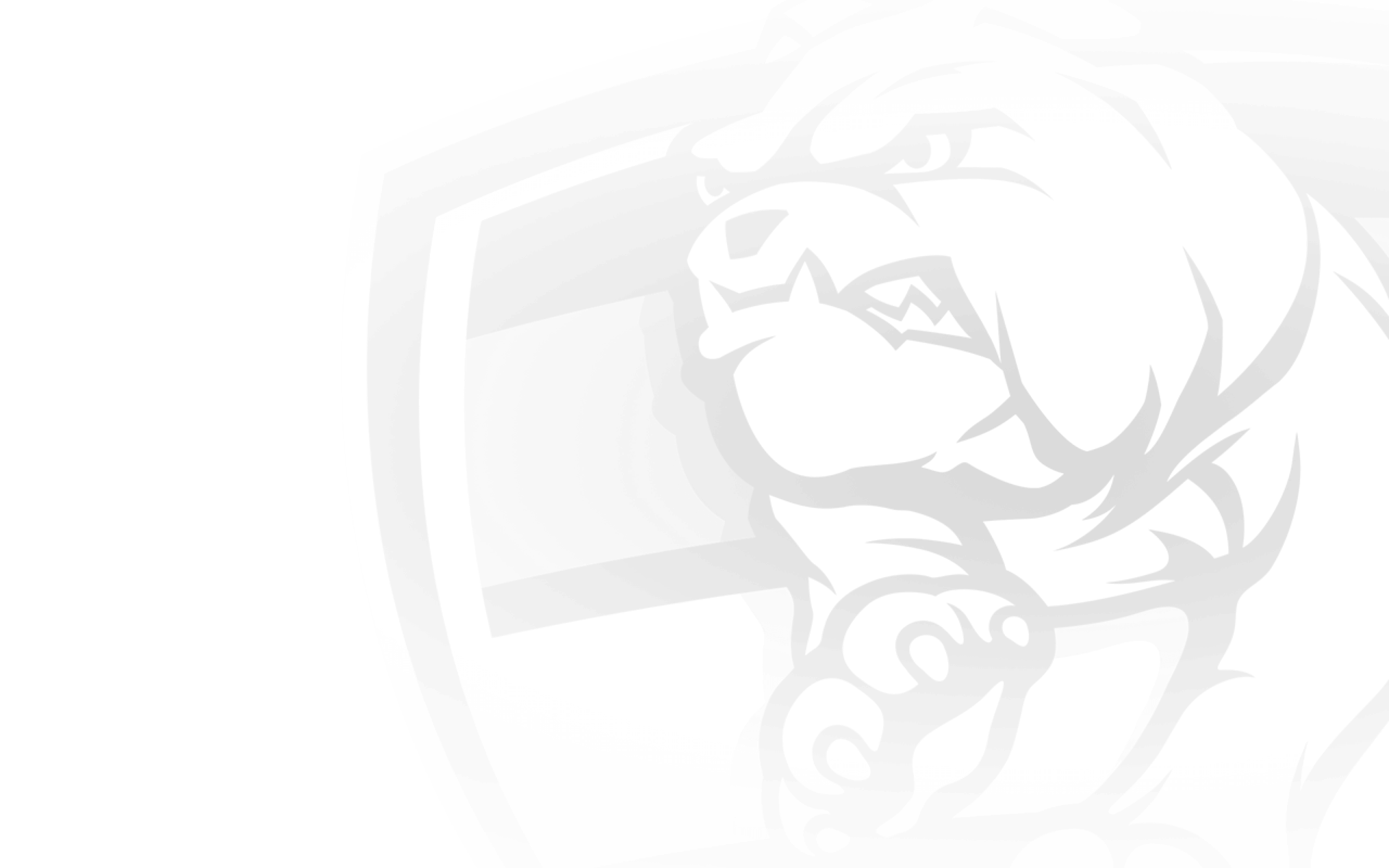The decade started dismally with the Bulldogs losing the opening 11 games of 1980 under new coach, Royce Hart. Kelvin Templeton dominated at centre half-forward, kicking 75 goals and winning the Brownlow Medal. Unfortunately, he ruptured a medial ligament in a pre-season match in 1981, missing most of that season. Mid-season 1982, the club was thrown into turmoil when Royce Hart was sacked as coach, and replaced by Ian ‘Bluey’ Hampshire. The disappointing year yielded just three wins and a wooden spoon but the recruitment of West Australian spearhead, Simon Beasley, who kicked 82 goals, was a coup. Due to financial pressure, Templeton and three-time best and fairest winner Ian Dunstan were cleared.
A recruitment drive saw Footscray field a record 10 new players in the first game of 1983, and 15 for the season. The team, under Hampshire’s coaching and led by new captain Jim Edmond, jumped to seventh on the ladder. A season highlight was defeating Fitzroy in the ‘Centenary Cup’ game. Hampshire, though, resigned as coach on the eve of the 1984 season and Mick Malthouse took over. A highlight of 1984 was Beasley’s intercept mark of a ‘Gubby’ Allan miskick, and his subsequent goal, to win the home game against Collingwood in the final minute of play.
The VFL introduced a salary cap for teams in 1985, and a player draft from 1986. West Coast and Brisbane entered the VFL in 1987. A resurgent Footscray lost to Hawthorn by a record margin in the 1985 qualifying final, then beat North Melbourne by 30 points in the first semi-final and came within 10 points of a grand final when they lost again to Hawthorn in the preliminary final. Simon Beasley became the second Bulldog to kick 100 goals and Brad Hardie capped a great debut season by winning the Brownlow Medal. In 1986, captain Jim Edmond was cleared to Sydney and Doug Hawkins injured his knee, requiring reconstructive surgery. Hardie was cleared to Brisbane for season 1987, after winning the 1986 best and fairest.
The economic reality of the era proved a burden for most clubs. Carrying a mounting debt, by the late 1980s, Footscray’s fortunes on the field became secondary to their survival off it. Financial instability led to an uncertain future, given the VFL focus on mergers, relocation and ground rationalisation.
The Footscray Board voted to leave the Western Oval in 1988 but the ‘Save the Dogs’ committee, led by lawyer Peter Gordon, launched a ‘Keep the Dogs at the Western Oval’ campaign. One year later, that committee played a critical role in saving the club. In October 1989, the VFL announced Footscray were to merge with Fitzroy, effectively losing their identity. The news sent shockwaves through the football world. Supporter, Irene Chatfield, guided by the ‘Save the Dogs’ committee, lodged legal action against the VFL and won a 21-day reprieve to raise funds to stave off the merger. Footscray’s plight suddenly became a fight for all football followers. On 8 October, 10,000 people, from all clubs and all walks of life, rallied at the Western Oval. The ensuing fundraising Fightback campaign and groundswell of community support saw ‘people power’ win Footscray back their position in the competition.


